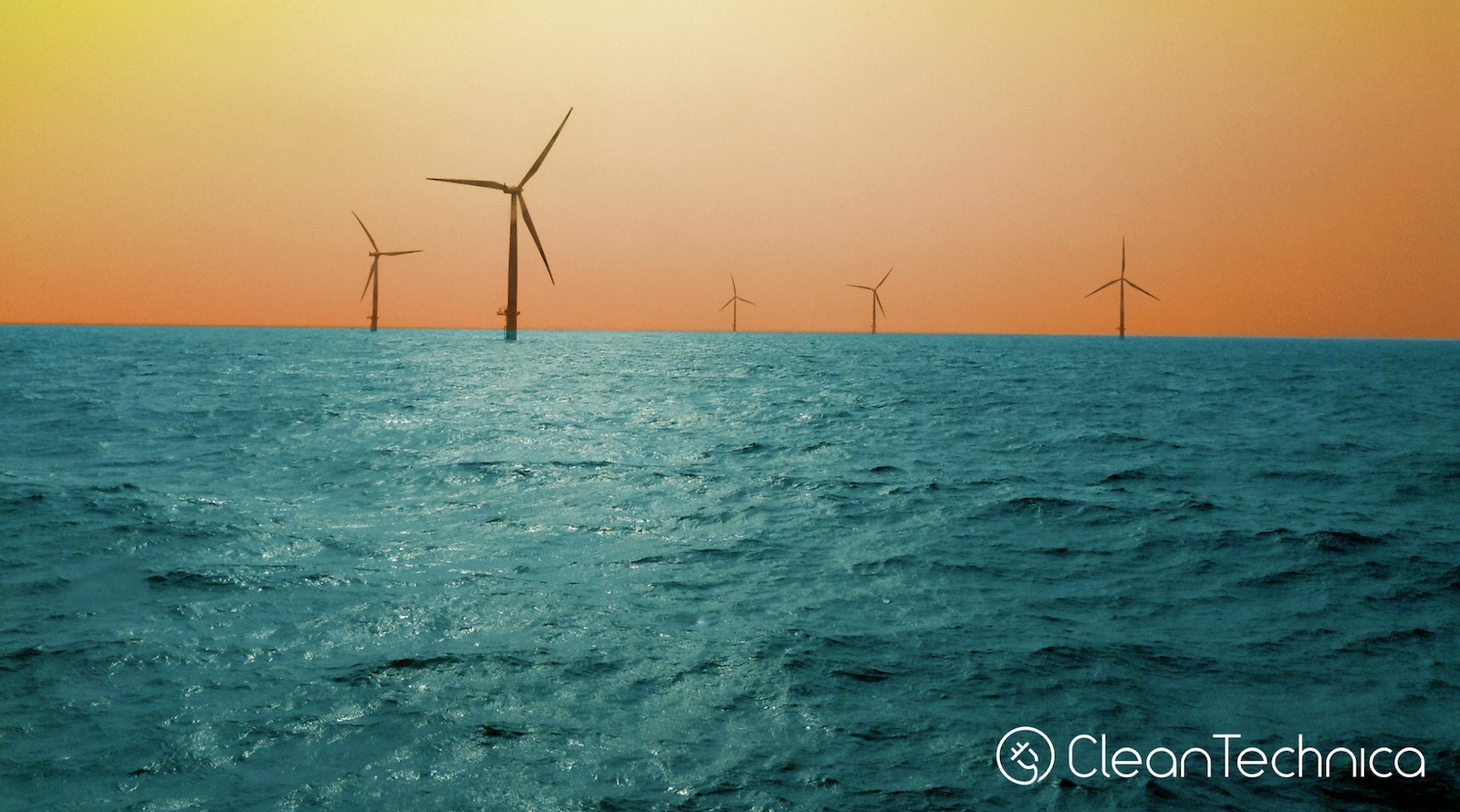
Sign up for daily news updates from CleanTechnica on email. Or follow us on Google News!
First-ever Regional Offshore Wind and Wildlife Science Plan Released
A new collaborative group has developed a landmark research plan to answer if and how offshore wind development affects East Coast wildlife and habitats.
Tapping offshore wind is critical to a healthier, fossil fuel-free future that avoids the worst impacts of the climate crisis. Along America’s shorelines, offshore wind is generally stronger and more consistent than onshore wind and a key puzzle piece for major coastal cities aiming to meet renewable energy needs. We need offshore wind, and we need to do it right.
Because the ocean life that we rely on for food, jobs, and recreation is struggling to adapt to a hotter, more acidic ocean—while already threatened from decades of overfishing, pollution, and habitat destruction—we must develop the new U.S. offshore wind industry in a smart, protective way. As more turbines start spinning along our coasts, there’s an urgent need to ramp up research to learn about this new ocean business, including how it interacts with the marine environment.
Help has arrived: the Regional Wildlife Science Collaborative for Offshore Wind (RWSC), a unique entity of academics, government, industry, and nonprofits, just released a landmark collaborative research plan to guide this effort. The result of two years of intensive work among hundreds of scientists and government, industry, and environmental group ocean wind and wildlife experts and advised by a public comment period this past summer, the Integrated Science Plan for Offshore Wind, Wildlife, and Habitat in U.S. Atlantic Waters is a shared blueprint to study offshore wind and wildlife interactions along the U.S. East Coast.
Regional monitoring and research can help answer key questions about if and how offshore wind affects wildlife and habitats. It also helps to advise adaptive management so that we can quickly course correct if any impacts are identified and continue to grow the renewables industry in a way that protects ocean wildlife and habitats.
The RWSC research plan:
- Identifies a range of data and research priorities to identify and mitigate for potential negative impacts from offshore wind development to the environment.
- Calls for a coordinated monitoring network in and around offshore wind projects to detect and monitor marine mammals, birds, bats, and sea turtle behavior.
- Urges standardized data collection so that findings are easily comparable across projects and areas. (In fact, the lead federal offshore wind permitting agency now requires project developers follow a set of data management best practices created during RWSC’s plan development.)
- Recommends study data and results be made public as soon as possible to advise decision-making.
RWSC will host annual meetings starting this fall for researchers to coordinate and align various funding sources to reach the plan’s goals. Through a recent MOU with the Center for Ocean Leadership, RWSC can assist partners in conducting research and pool funding from multiples sources to advance plan research. New York State already requires developers to collaborate with RWSC as part of their offshore wind procurements.
We can and must ensure wind projects are built and operated in a way that protects ocean life while producing much-needed clean, renewable energy. RWSC’s new science plan is a tremendous resource to keep scientific research on track and help states and the federal government to work toward their offshore wind power goals.
To learn more about this tool, register for the RWSC Science Plan Release webinar on February 9.
Originally published on NRDC blog. By Allison Chase
Have a tip for CleanTechnica? Want to advertise? Want to suggest a guest for our CleanTech Talk podcast? Contact us here.
Latest CleanTechnica TV Video
[embedded content]
I don’t like paywalls. You don’t like paywalls. Who likes paywalls? Here at CleanTechnica, we implemented a limited paywall for a while, but it always felt wrong — and it was always tough to decide what we should put behind there. In theory, your most exclusive and best content goes behind a paywall. But then fewer people read it!! So, we’ve decided to completely nix paywalls here at CleanTechnica. But…
Thank you!
Advertisement
CleanTechnica uses affiliate links. See our policy here.
- SEO Powered Content & PR Distribution. Get Amplified Today.
- PlatoData.Network Vertical Generative Ai. Empower Yourself. Access Here.
- PlatoAiStream. Web3 Intelligence. Knowledge Amplified. Access Here.
- PlatoESG. Carbon, CleanTech, Energy, Environment, Solar, Waste Management. Access Here.
- PlatoHealth. Biotech and Clinical Trials Intelligence. Access Here.
- Source: https://cleantechnica.com/2024/01/27/first-ever-regional-offshore-wind-wildlife-science-plan-released/



